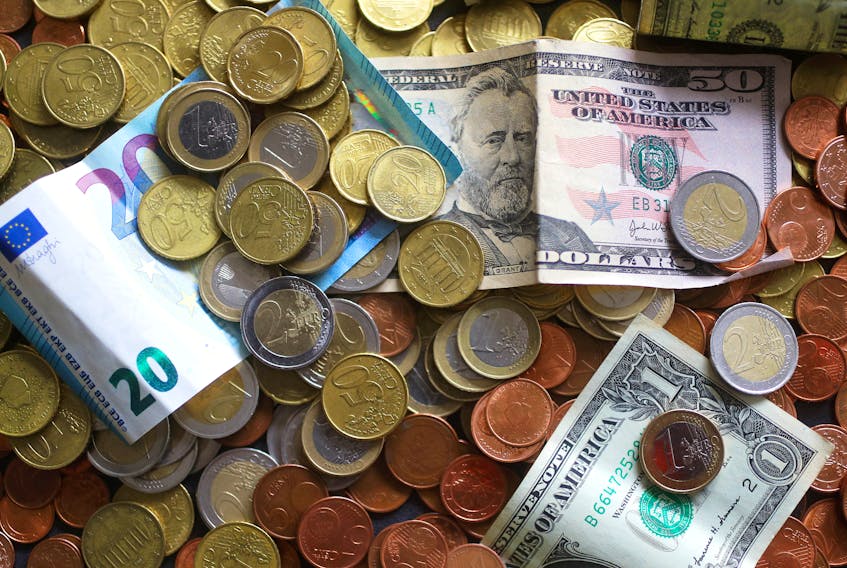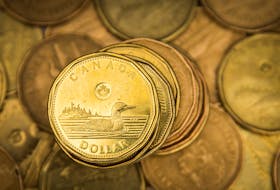By Kate Duguid
NEW YORK (Reuters) - The U.S. dollar sank against its rivals on Thursday, posting its biggest two-day drop in a year a day after the Federal Reserve signaled it was ready to cut interest rates as early as next month.
The Fed joined global peers such as the European Central Bank and the Reserve Bank of Australia this week in indicating that more policy stimulus is needed to maintain economic growth. That fueled big gains in higher-yielding currencies such as the New Zealand, Australian and Canadian dollars.
"Certainly the market has taken this as a dovish turn and as a reason to sell dollars," said Lee Ferridge, head of macro strategy for North America for State Street Global Markets. "The theme of the day is going to stay with the dollar under pressure."
The dollar fell 0.47% against a basket of its rivals to 96.66 for the biggest two-day loss since February 2018. It retreated to a six-month low against the Japanese yen at 107.24, down approximately 0.78%.
The sharp fall in the dollar took currency markets by surprise and forced some hedge funds that had built up large long-dollar bets before the Fed's policy statement to dump the greenback.
The dollar came under additional pressure after benchmark 10-year Treasury yields slid to the lowest level in 2-1/2 years.
The widespread dollar weakness boosted appetite for risk-oriented currencies, with the euro running past the $1.13 line to a one-week high, last up 0.62% at $1.129. The Australian and New Zealand dollars gained 0.61% and 0.80%, respectively.
Although the dollar looks weaker in the short term, some investors were skeptical the trend would hold.
For "the high-beta currencies - the Aussie dollar, the kiwi, the Canadian dollar - and the EM currencies, I would be wary of moving into this and thinking this trend is going to last. For the Fed to deliver what the market is pricing in, things have to get worse, and that's bad for high-beta and EM," Ferridge said.
Expectations rose for a Fed rate cut, with money markets pricing in three rate cuts before the end of the year and as many as five cuts through mid-2020.
Ferridge, however, said that Fed Chair Jerome Powell did not do all that some investors were expecting.
"Yes, (Powell) opened the door to a July cut. That's pretty much a done deal. But he didn't set the groundwork for the other cuts the market was expecting," Ferridge said.
Graphic - World FX rates in 2019, click http://tmsnrt.rs/2egbfVh
(Reporting by Kate Duguid; Additional reporting by Saikat Chatterjee; Editing by Paul Simao and Leslie Adler)









